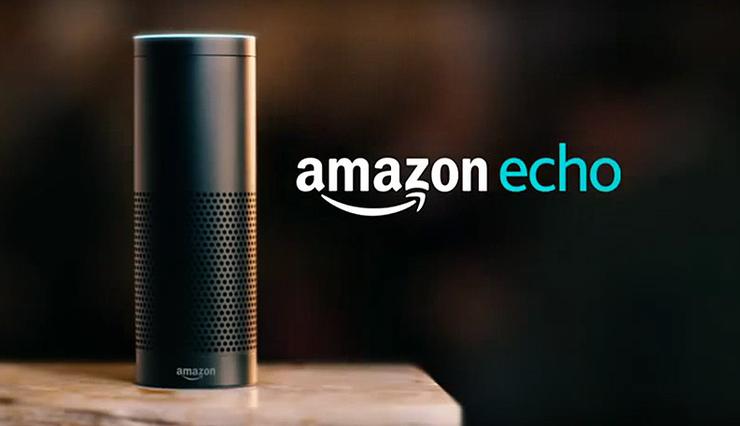Investment bank Morgan Stanley recently published a note that shows that Amazon.com sold 11 million Amazon Echo devices between the middle of 2015 and December 1, 2016.
We already know that Amazon sold more than 9 times the number of Amazon Echo units during the 2016 holiday season over the year before. This new information now indicates that the real sales figures could actually be well over 11 million units. It’s quite possible that total sales of Amazon Echo family of products – since product launch – are now approaching the 15 million mark.
Another point to be noted is that Morgan Stanley acknowledges that the figure of 11 million is “likely too low” because it doesn’t account for the entire month of December 2016 save day one.
Amazon keeps its Amazon Echo sales close to its chest, so the best we have to go on are estimates based on surveys such as the one Morgan Stanley based its findings on.
Why are these figures important?
Apart from the trivia angle, Amazon Echo sales figures play a very useful role. They indicate how strong the smart speaker market really is. And is also a validation of the thousands of skills that its smart voice assistant Alexa currently has.
But, more importantly, it gives us a snapshot of Amazon Echo penetration in the United States. There are roughly 117 million households, per data from census.gov. If Amazon Echo has sold 11 million devices, that’s almost 10% in terms of household penetration. Even more if 11 million is a low estimate.
The reason that’s significant is that Amazon Echo – or, more specifically, Alexa on Echo devices – allows voice shopping on Amazon.com. Device owners can order a number of Prime-eligible items using voice commands on their Amazon Echo, Tap and Dot devices.
SEE: After Voice Shopping Integration, Alexa on Amazon Echo Now Takes Restaurant Orders
That opens up a new revenue channel for Amazon and further cements its position in the retail segment. Not that this is going to happen overnight; however, the more Echo sales they clock, the closer they get to establishing an additional revenue stream.
We don’t have any data on voice shopping done this way on Amazon.com because it’s only been a few months since the feature was launched.
But we do know that voice is emerging strongly as the new method of input. Google, for example, said in September 2016 that 1 in 5 searches on mobile are done using voice. Two months later, a Google/Ipsos survey showed that more than half the people surveyed said that they had used a voice-activated app to either perform a task or answer a question.
In the context of growing voice-based applications, voice shopping with Amazon Alexa could well become a major earner for Amazon’s retail division.
READ: How Amazon Echo and Alexa Will Follow in Prime and AWS Footsteps
Thanks for reading our work! Please bookmark 1redDrop.com to keep tabs on the hottest, most happening tech and business news from around the world. On Apple News, please favorite the 1redDrop channel to get us in your news feed.



